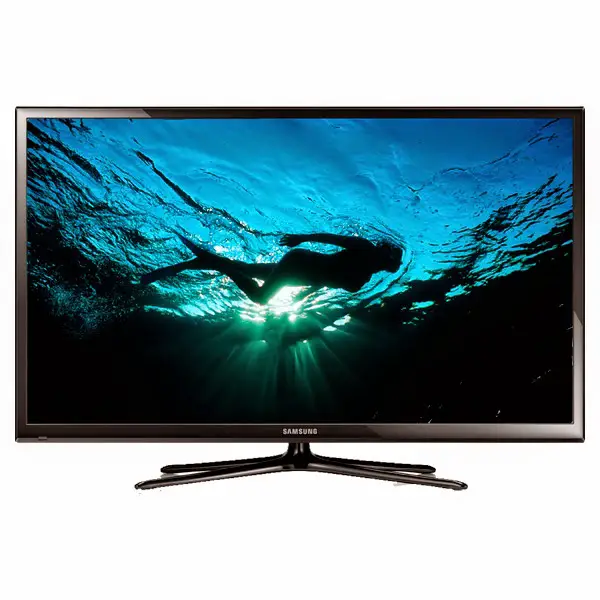I recently wrote about the death of plasma TVs. Little did I know I’d also be experiencing the death of my nearly 6 year old LCD. Seemingly gone are the years when TVs would last 10, 15 or dare I even say 20+ years?
Now, with my LCD panels failed, I faced a daunting task at the technology crossroads: what TV to buy. We’re on the cusp of the Ultra HD (UHD) revolution. UHD TVs (wrongly called 4K in the marketing literature) are commanding a premium. Yet, UHD is the future.
But I have major problems with today’s UHD sets that I’ll put into four points and why I won’t be buying a UHD set.
- Price: First and foremost, the price of UHD sets is ridiculous. They cost 2x, 3x, 4x or more the cost of a comparable television set.
- Content: To get the most of an UHD TV set, you need UHD content. Simply put, there isn’t any major source today. Sure, Netflix is going to start streaming House of Cards in UHD/4K but what else are you going to watch? There is no Blu-ray standard for UHD, television signals are still being broadcast at marginal full HD quality at 1080i and 720p. That means all your current content needs to be upscaled from 720p-1080p and in many instances it doesn’t look good at all.
- Standards support: How would you like to pay a 3x price premium only to find out in a few years that the TV you purchased is obsolete. I’m hyperbolizing but the problem with today’s UHD TV sets is that they don’t all have HDMI 2.0 and HDCP 2.2 support. Additionally, the standards for increased color and dynamic range, which will really make an eye-popping difference with UHD signals hasn’t been finalized yet. Sadly, there’s no guarantee that UHD sets purchased today will be able to support the future standards of tomorrow.
- Display Technology: Hands down, the best display technology for the past decade has been plasma. Universally acknowledged by reviewers and users alike, the best three TV sets ever made are the Pioneer Kuro, the Panasonic VT60 and the Samsung F8500—all plasma. OLED-driven display technologies will eventually dethrone plasma but as of right now you can’t buy an OLED UHD TV and the OLED TV you can purchase from LG tops out at 50″. That means that all UHD sets are based on LED. While LED can lead to some thin displays, it still can’t compete with plasma and OLED.
And so, for the time being, I’m standing at the technology crossroads. With a failed display, my hand has been forced to make an investment today. Today, that investment won’t be in UHD.
Instead, I’ve chosen to invest in one of the last-standing Samsung plasmas. Although it’s of the bargain basement variety, doesn’t have any SMART features, and is only an HD set, I’m incredibly happy.
The picture is fantastic. Colors are natural. Blacks are, well, really black. And I don’t have the dreaded blurring or (worse) soap opera effect when watching any programming. In my next few articles, I’m going to cover calibration options that will help take my picture to the next level.











